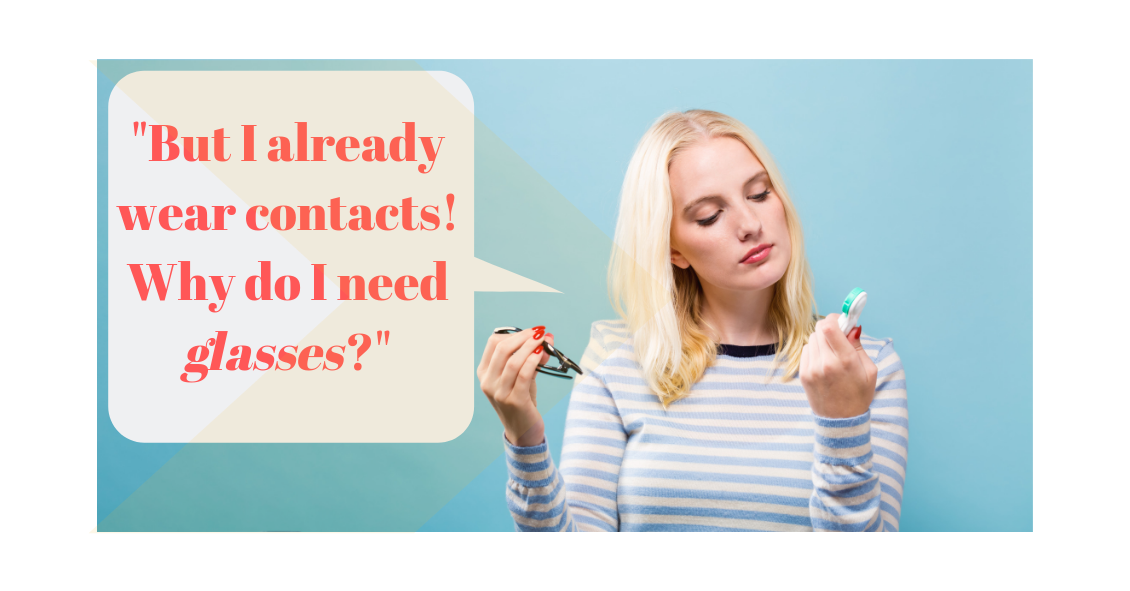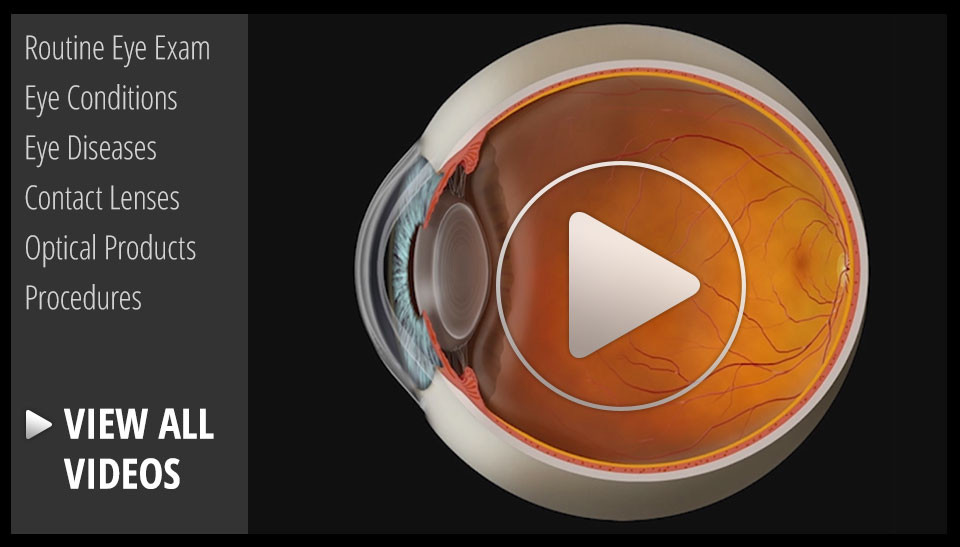Blog

It's the summer and one of the most common questions eye doctors are asked is, “Is it safe to swim in my contact lenses?”
The answer we give is “NO!"
Do millions of people swim with their contact lenses in? The answer is “Yes, they do, but it is NOT a recommended activity.’’ There are several reasons why, ranging from comfort issues to others that are far more sinister and potentially blinding.
The first reason not to swim with contacts in is that the pH and buffering of your tears is not the same as plain water, and certainly not that of ocean or pool water.
Contact lenses, especially soft ones, are designed to do best in pH and buffers of solutions that mimic your natural tear film. This pH difference is often why after you swim in a chlorinated pool your eyes tend to become red, burn or blur.
When pool water or another water source mixes with your tears, the pH rapidly changes and there is a mini-chemical reaction occurring on the surface of your eye. Now if you...

There is an old adage in the eye care industry: Glasses are a necessity, contact lenses are a luxury. Ninety-nine percent of the time this is absolutely true. In the absence of unusual eye disorders or very high prescriptions that don’t allow a person to wear glasses comfortably, contact lenses should only ever be worn if there is a good, sturdy, updated set of prescription glasses available, too. This is due to the fact that there are often emergencies where people can not wear their contact lenses.
In the 21st century, contact lens technology has gotten to the point where we have drastically cut down on the number of adverse events related to contact lens wear. However, human beings were not meant to wear little pieces of plastic in their eyes. Contact lenses are still considered a foreign body in the eye, and sometimes with foreign bodies, our eyes might feel the need to fight back against the “invader.” As such, issues like red eyes, corneal ulcers, eyelid inflammation, dry...


